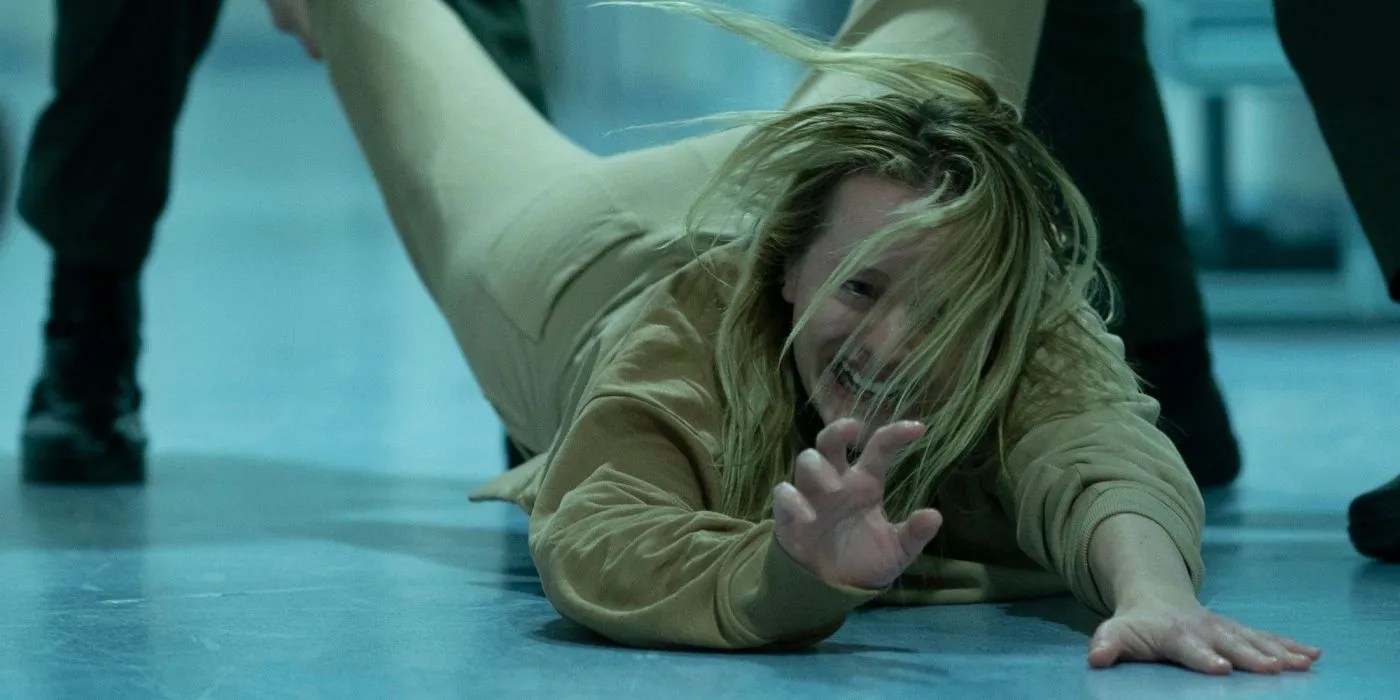Horror cinema is one of the most unpredictable film landscapes, a single story can unfold a thousand different ways with wildly varying quality throughout. Horror remakes are a fairly common concern, so much so that the odd standout really sticks with fans, leading generations to new film horizons.
Last year’sThe Invisible Manwas written and directed by Leigh Whannell, thehorror icon behind theSawandInsidiousfranchises. The film brought in over twenty times its production budget, despite its difficult release window, proving itself an enormous success for several intriguing reasons.

RELATED:Iconic Horror Movies That Elevated Genre Tropes
H. G. Wells'1897 sci-fi novelThe Invisible Manis the tale of a scientist who invents a chemical method of becoming invisible, which he finds himself unable to reverse. This scientist happens to be a dangerously maladjusted and cruel man who uses his newfound gift to do terrible deeds with impunity. His actions are wanton and often random, in many ways the story is a monster story about a man able to act without limits. The story has been adapted to film many times, first in 1933 with a Universal Monster movie that spawned a series. Many films and series later, last years' version brought a new focus and a new perspective that really changed the franchise.
A Classic Story Retold In A Modern Way
Leigh Whannell’sInvisible Mankeeps aspects of the original narrative and makes the odd reference in subtle details, but it’s ultimately a very different story. The main character is not the man wielding invisibility to do harm, but rather, one of his victims dealing with the consequences. The theme is no longer man’s tendency towards evil when culpability is abated, but the dark psychological manipulation of an abusive relationship. This simple change fixes so many of the problems with the original story, while grounding it in an issue that is morerelevant to today’s zeitgeist.
Turns out, media about men doing terrible things with power beyond the average person is both very common and extremely popular. FromBreaking BadtoRick and Morty,there are countless narratives in which the main character is an awful person. The trouble is, many of these narratives accrue fanbases who misunderstand the tone and wind up idolizing these problematic main characters.The Invisible Manwas a prime candidate for another misunderstood narrative that winds up making its protagonist a hero despite the text making their failings abundantly clear. Taking this classic monster and updating it to serve a modern theme demonstrates a level of awareness of the modern cinema landscape that is invaluable to future monster movies.

Horror is always tied into the real world, any good monster works because a very real fear is behind them. From vampires and the aristocracy to the suburbanhorror of theScreamfranchise, the best scares evoke the terrors of the real world.The Invisible Manmakes the story’s protagonist question the very world around her, as her abuser seems to hold infinite power, and she can never be sure of her own sanity. The modern horror of gaslighting, abuse, and psychological manipulation is the fuel that really powersThe Invisible Man.When updating old stories or creating new ones, filmmakers must strive to keep their horror relevant and impactful to the world it is released into.
Abandoning The Dark Universe
The fun thing about the success ofThe Invisible Manis that the perfect possible example exists to demonstrate how filmmakers could screw this up. Three short years earlier, the very same studio embarked on an ill-advised attempt to spark their very own cinematic universe. This Dark Universe was set to revive all ofcinema’s favorite Universal Monstersin the form of a blatant rip-off of Marvel’s all-consuming empire. The studio even had the intention of creating a more classic version ofThe Invisible Man,but this wasn’t meant to be. The Dark Universe came out with an extremely ambitious marketing scheme and immediately folded upon release of its first and only film.
2017’sThe Mummyis a monster movie, in the broadest possible sense. It’s more of an action film, but the presence of the monster is inarguable.The Mummymakes some efforts to modernize its story, based on a variety of sources and cultural references from ages ago. The film falls flat due to its obvious intent as a loss leader, an entire project sacrificed on the altar of setting up its franchise stablemates. Any fan would know that this method of filmmaking is utterly incongruent with the monster movie landscape,a lesson thatThe Invisible Mantookto heart and teaches to others.
The Invisible Mansucceeded because it understood its strengths and how to perfectly present its message. Updating narratives to fit the modern world,finding relevant themes tokeep horror impactful, producing stories with reasonable expectations and focusing on one story at a time are the lessons that every studio should learn to make the monster movie genre the powerhouse it used to be.